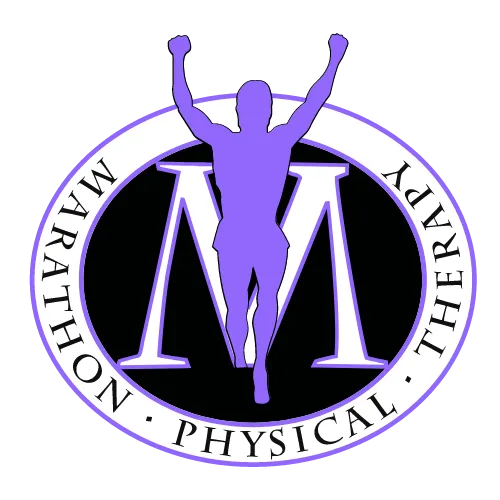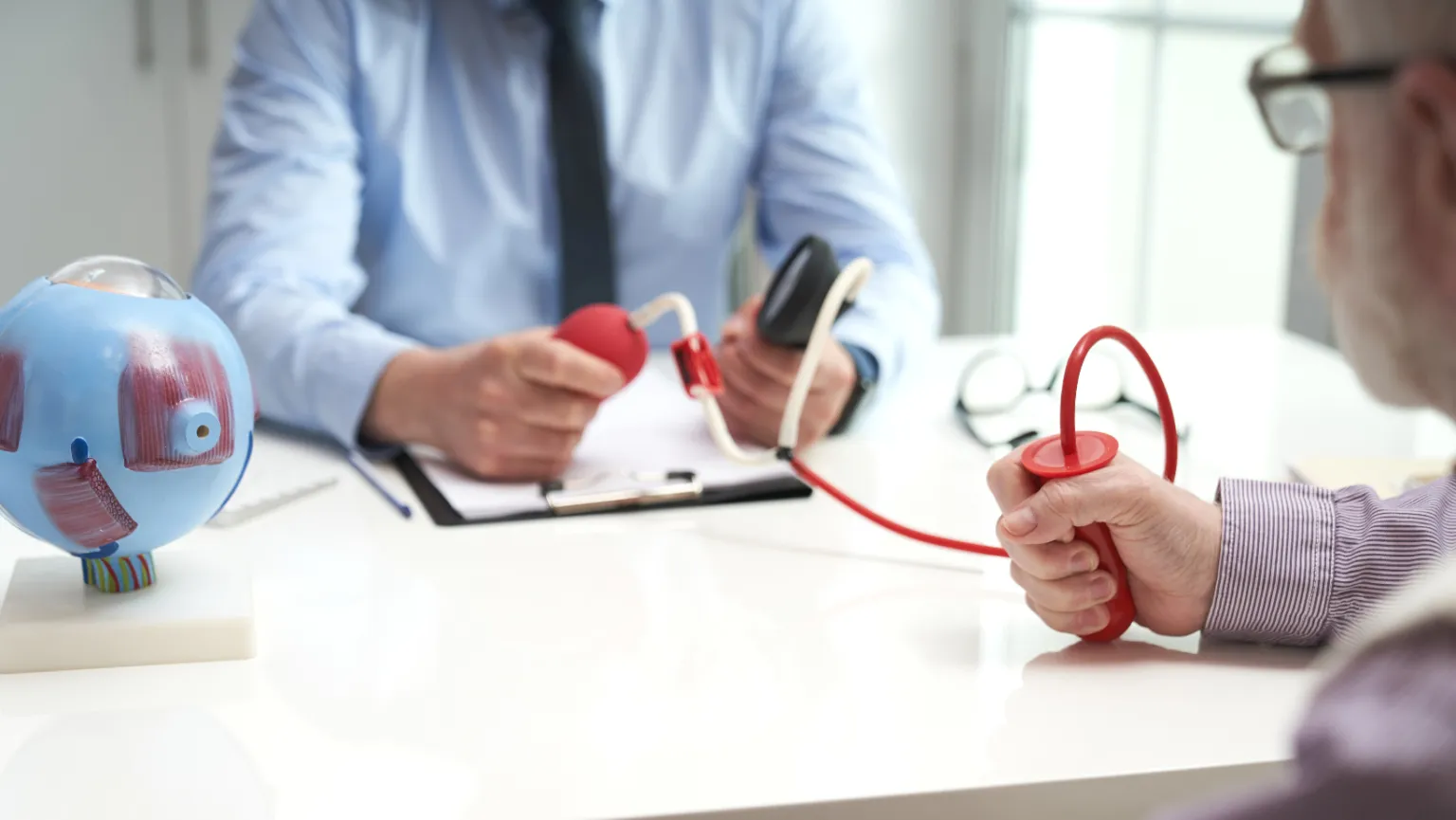Introduction
The human body is a remarkable machine. It can run marathons, lift heavy weight, and even complete the seemingly impossible task of keeping our heads upright while we walk. But it’s also not perfect—our skeleton is made up of bones that can break, our muscles can tear, and our joints are prone to injury. One part of our body that’s particularly vulnerable? Our hands! As someone who works with their hands all day (and has done so for 18 years), I’m quite familiar with this phenomenon. And while many people think grip strength is just something athletes need or manual laborers rely on daily—it’s actually important for everyone.
What is grip strength?
Grip strength is the ability to hold onto objects. It’s a measure of how much force your hand can exert, and it’s important for everyday activities like lifting or carrying objects, or picking up things off the ground. Grip strength also plays an important role in sports and fitness, where a strong grip can be beneficial for many different types of activity.
Why care about grip strength?
If you want to really understand grip strength and its importance, it’s helpful to look at some of the things that can go wrong when a person doesn’t have good handgrip strength.
- Some people find that their grip strength is an indicator of their overall health, as well as a predictor of future conditions like osteoarthritis or cardiovascular disease.
- Grip strength can also help you predict your general physical abilities in other areas; if you don’t have much muscle mass in your hands and forearms, chances are you won’t be very strong in other areas either.
- For most of the population- without good grip strength, then it will be a real struggle to hold up our own body weight when we get up from a chair, the toilet and for safety gripping of shower bars, handrails, etc.
- For those who exercise regularly: if someone has trouble holding up their own body weight during push-ups or pull-ups (like when doing hang cleans), then it probably means they’re not going to be able to deadlift much weight either—even though these exercises train different muscles altogether!
Who can benefit from improving grip strength?
Grip strength is an important indicator of overall health, but it also impacts your quality of life in the following ways:
- People who do a lot of manual labor can benefit from improving their grip strength. These include construction workers and farmers, as well as anyone who uses tools on a regular basis.
- Athletes in sports like baseball or football can benefit from improving their grip strength. They’ll not only be able to throw harder balls but will also be able to catch them more easily when they come flying at them from all angles!
- People with arthritis may find that their hands ache after using them for long periods of time, which can make it difficult for them to carry out tasks such as cooking or cleaning around the house. Improving your grip strength will help reduce this problem by reducing strain on your hands during these activities.
- People with diabetes may be at risk for nerve damage if they do not keep up an adequate level of hydration throughout the day.
- People with other conditions that affect hand strength such as carpal tunnel syndrome.
- Every aging adult!
What are the best ways to improve grip strength?
- Use tools and fitness gear.
- Practice with different grip positions.
- Practice with different hand tools.
- Practice with different hand grips.
- Practice with different hand positions (e.g., pronated, supinated).
- Practice with different hand sizes (e.g., small, medium, large).
- Practice with different hand weights (e.g., light, heavy).
What are the top grip strengthening exercises?
The best way to increase your grip strength is to choose a few exercises that you can do often and easily. The following exercises are all great ways to improve your grip, as well as build muscle in your arms, shoulders and back:
- Crush Grip
- Pinch Grip
- Support Grip (also known as a deadlift)
Crush Grip
The crush grip is a measure of how much force is required to close your hand around an object. To perform this test, you will need:
- A gripper (made of spring steel)
- A piece of paper or cardboard
Pinch Grip
Like the other grip tests, you can measure your pinch grip by using a spring scale. Your goal for this test is to be able to hold 20 pounds for 10 seconds with your thumb and forefinger, but that doesn’t mean you can stop at 20 pounds if you pass the test.
The best way to improve pinch strength is by using hand tools such as grippers and holding tools. If you don’t have access to either of these tools, fitness gear like pull-up bars or resistance bands may be useful in improving pinch strength as well.
Support Grip
- Support Grip
- Examples of Exercises that Use Support Grip
- Benefits of Supporting a Weight While You Work Out, and How to Improve Your Support Grip
It’s important to practice multiple kinds of grip to avoid injuries, and to engage with both hand tools and fitness gear.
It’s important to practice multiple kinds of grip to avoid injuries, and to engage with both hand tools and fitness gear. For example, you might use a screwdriver for one project, but then switch over to a hammer for another. This variety can help you stay busy and prevent boredom from setting in.
Hand tools are great for working on projects around the house or in your garage. They’re also great for building strength because they require more effort than many other types of equipment do. Use the hand tool that feels most comfortable in your hands! There are many different types of hand tools available at hardware stores or online at Amazon or Walmart (you may be able to find them cheaper on Amazon). Here are some examples:
- Screwdrivers
- Hammers
- Pliers
Conclusion
Overall, grip strength is a valuable tool to have in your fitness arsenal. If you’re looking to improve your health and fitness, the best thing you can do is focus on improving all of your body parts—not just one or two. A strong grip means a stronger back, shoulders and arms! It also helps avoid injuries caused by overuse or repetitive stressors like typing at work. So take some time today and try out some new exercises that challenge your hands—whether with weights or hand tools like rubber bands (which are great for strengthening without adding bulk).
Want a free grip strength assessment?
Then click the link below!
To Your Health!
Dr. Negin
p.s. We can even tell you how you rank among your peers!


